Kazakhstan travel tips
Kazakhstan travel tips: The world’s largest landlocked country, boasts vast steppes, diverse landscapes, and a rich cultural heritage with nomadic influences.
Provinces 🌎
Kazakhstan travel tips. Here is a list of all the provinces of the Kazakhstan.
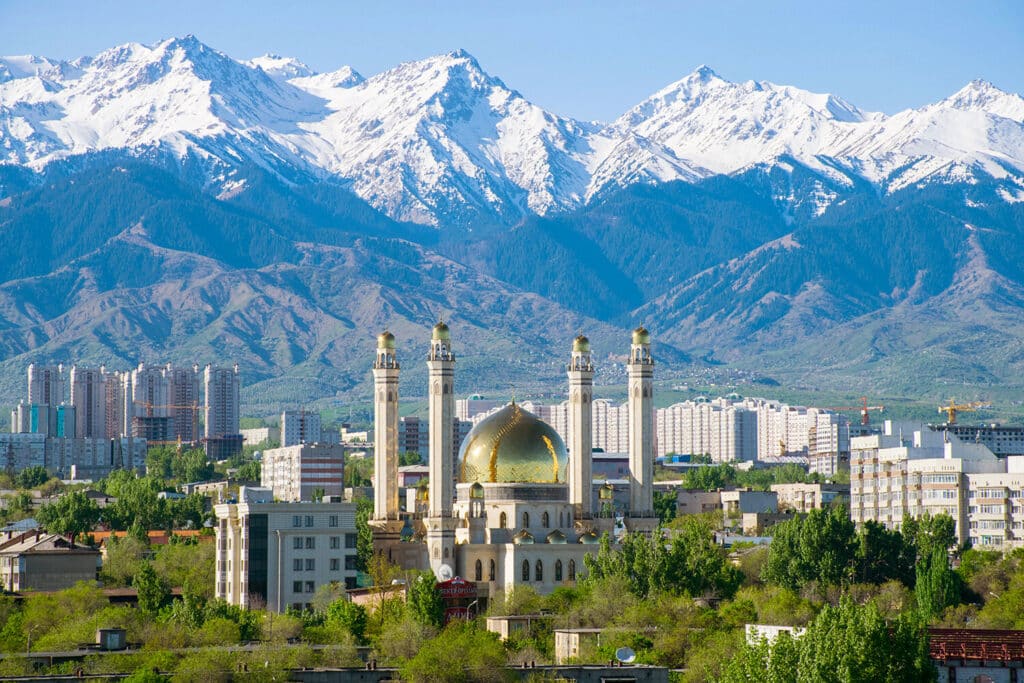
Almaty City
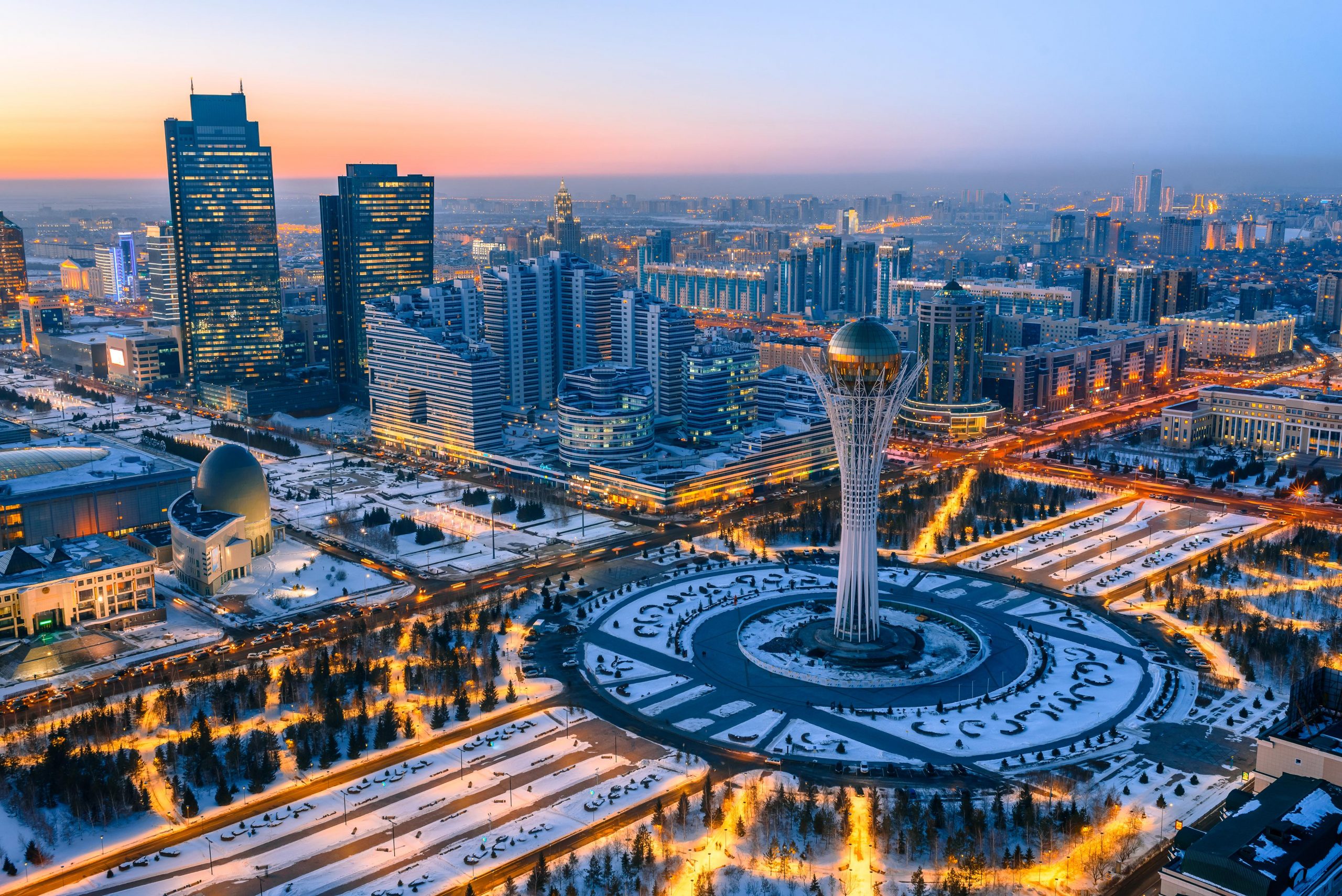
Nur-Sultan City

Shymkent City

Akmola Province
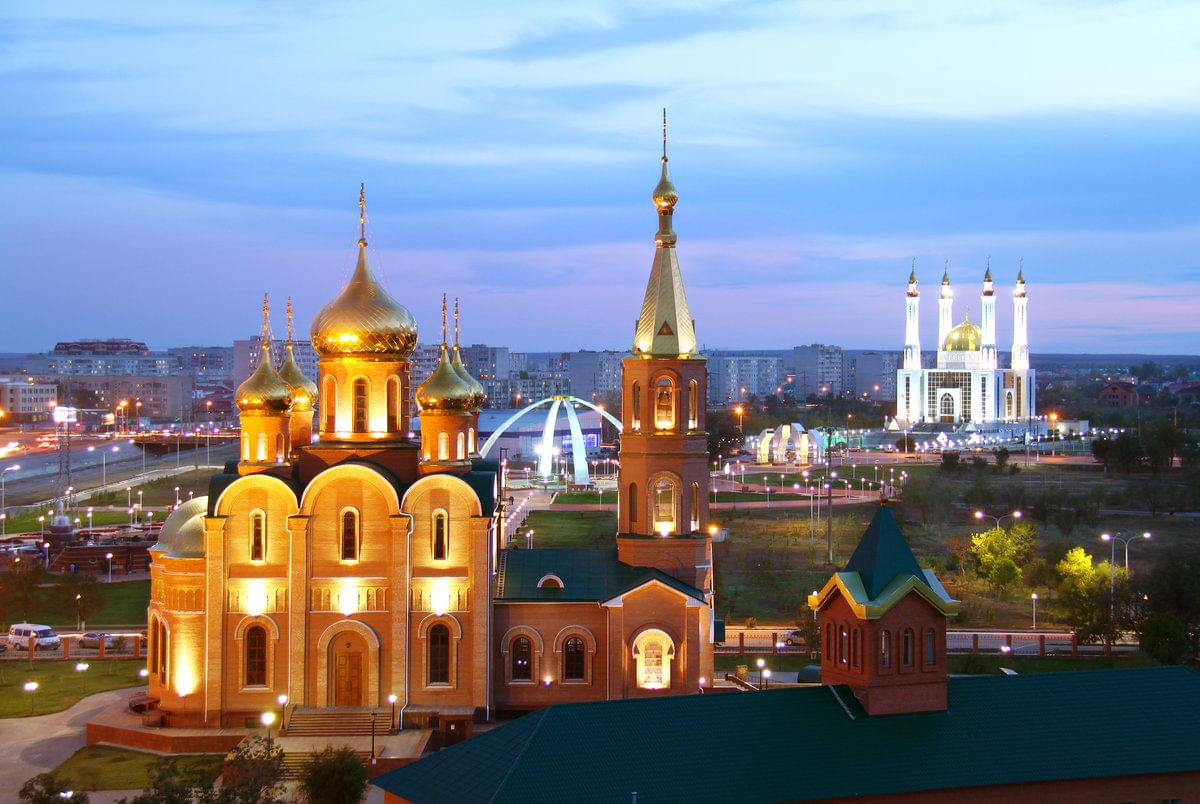
Aktobe Province
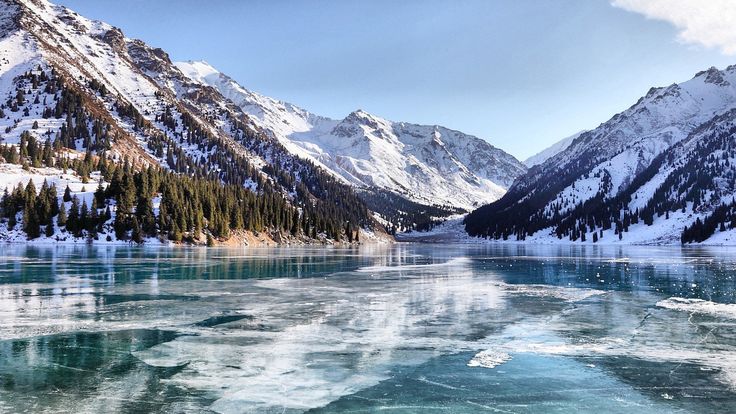
Almaty Province
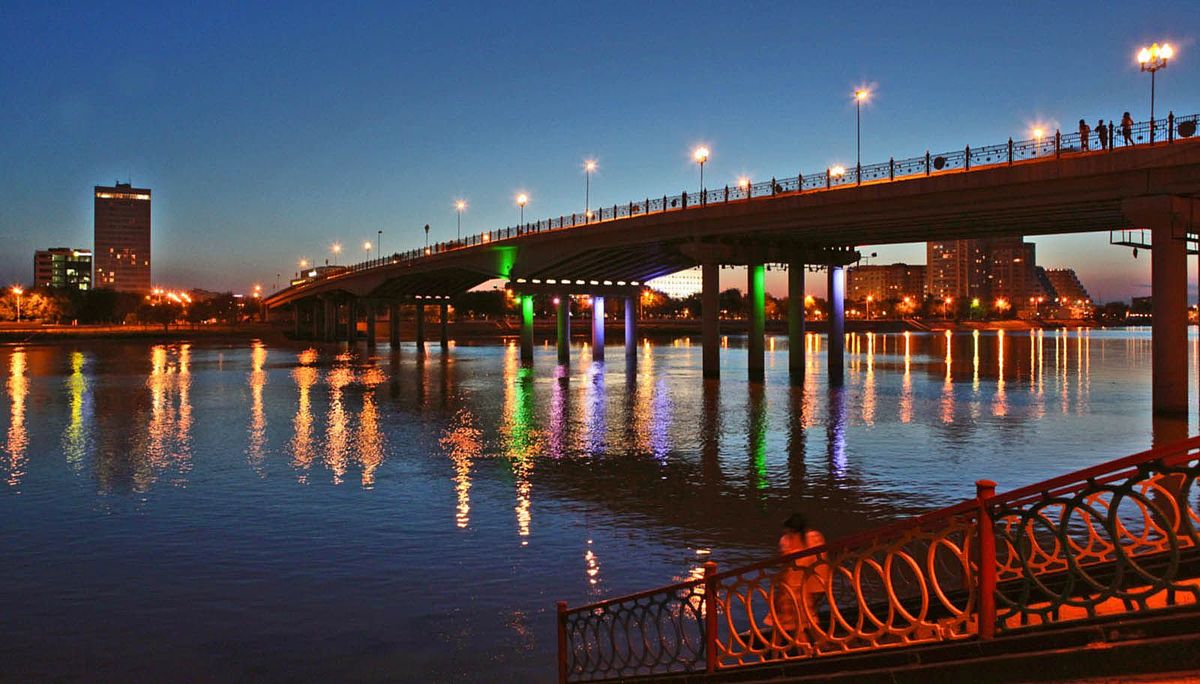
Atyrau Province

East Kazakhstan Province
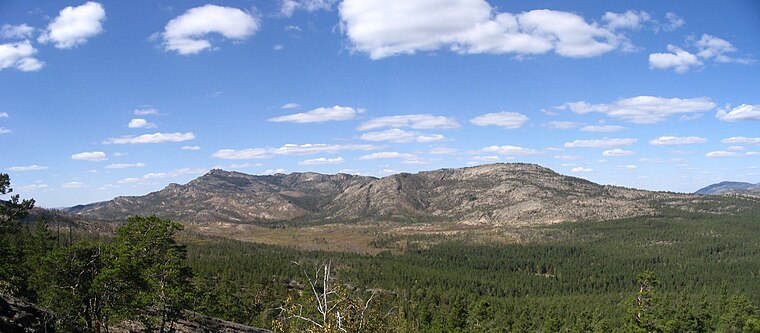
Karaganda Province
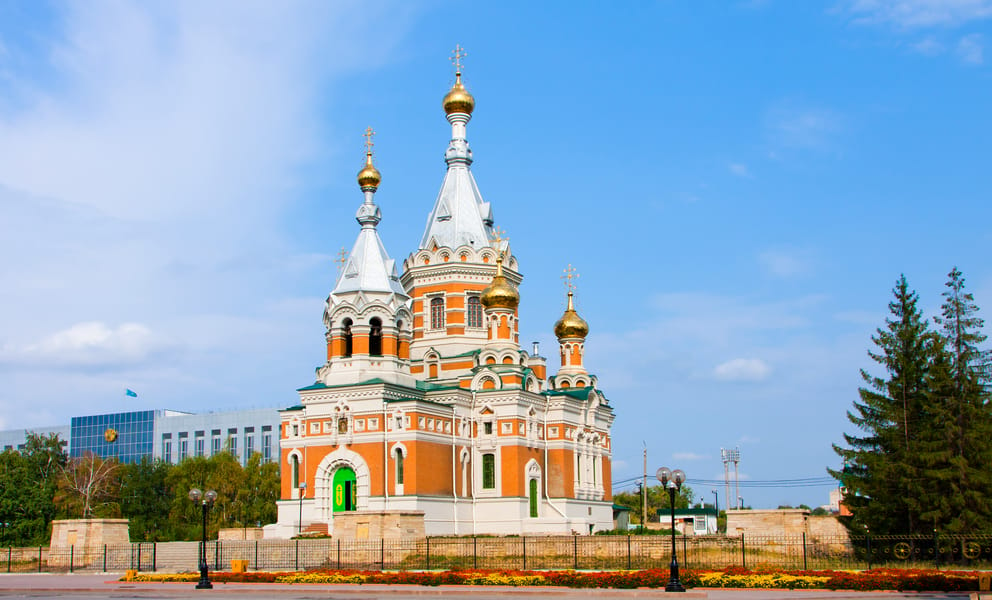
Kostanay Province
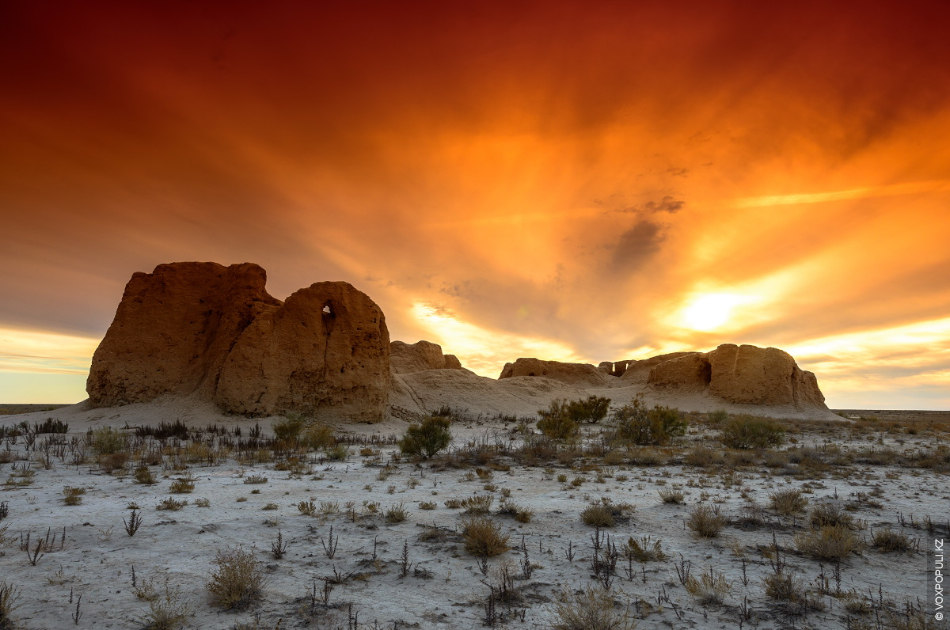
Kyzylorda Province

Mangystau Province
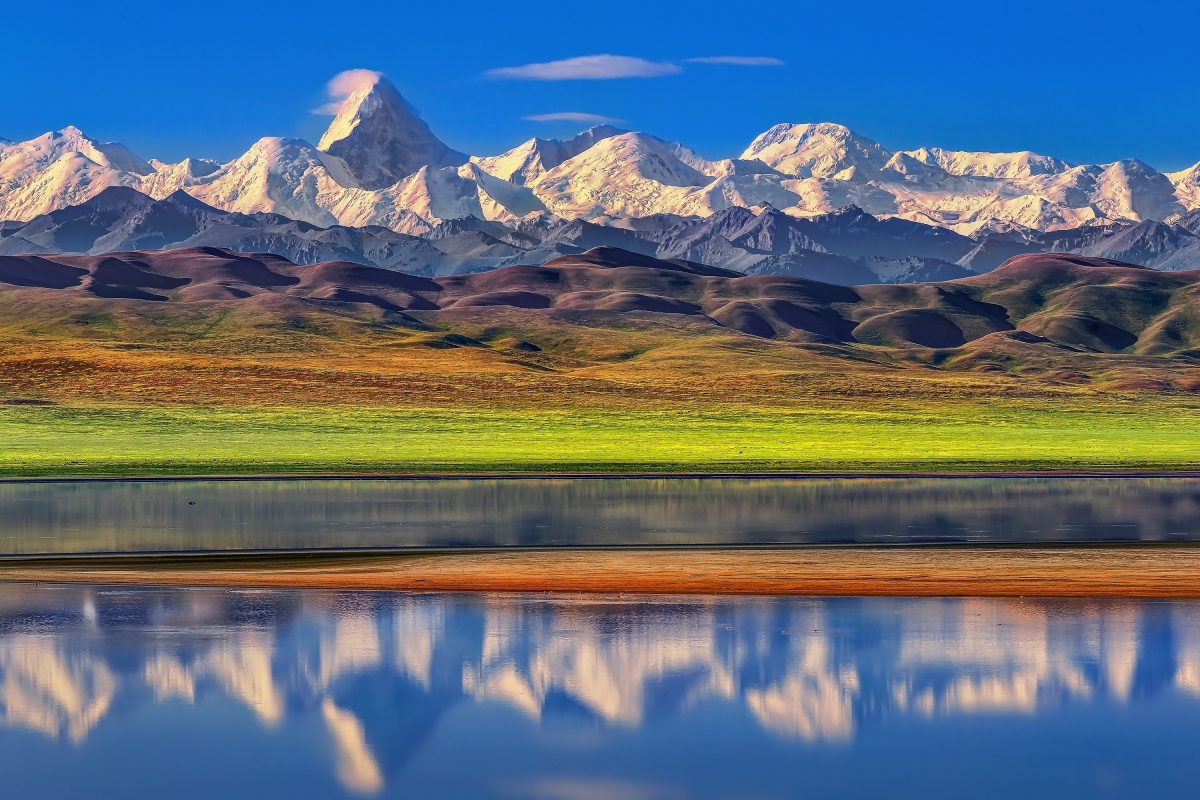
North Kazakhstan Province
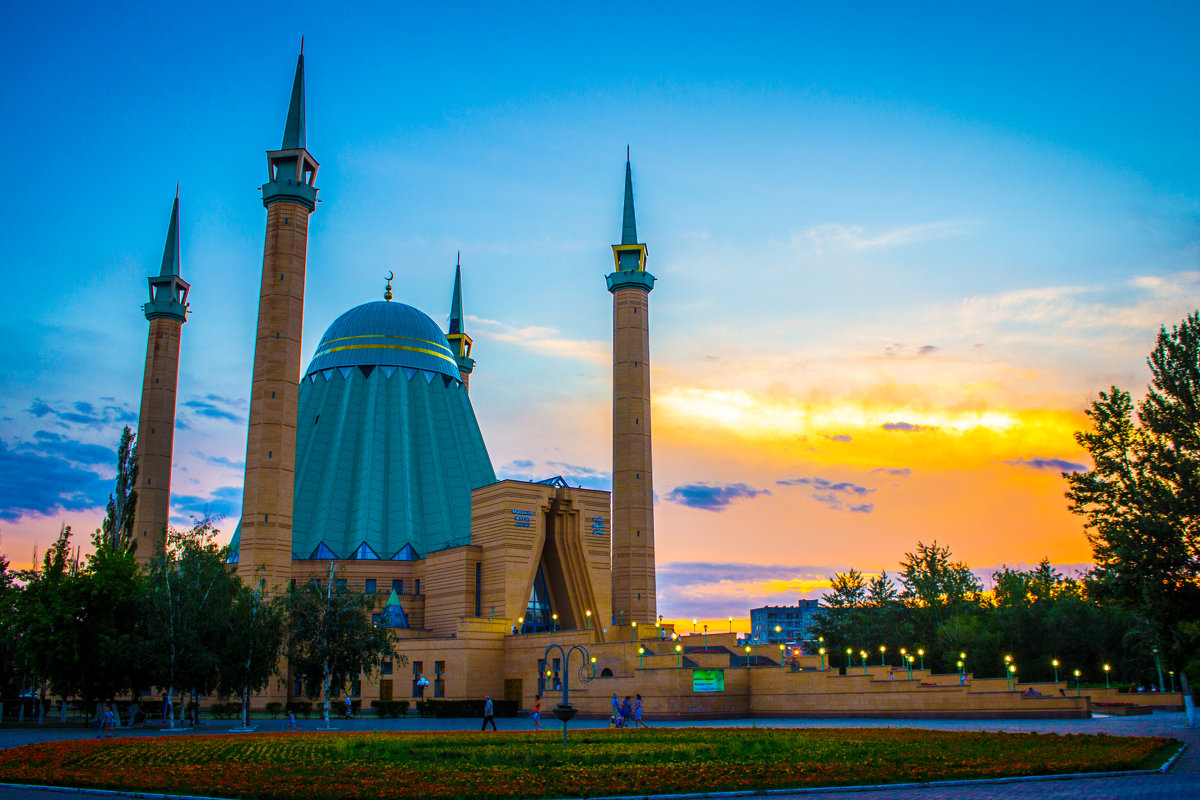
Pavlodar Province
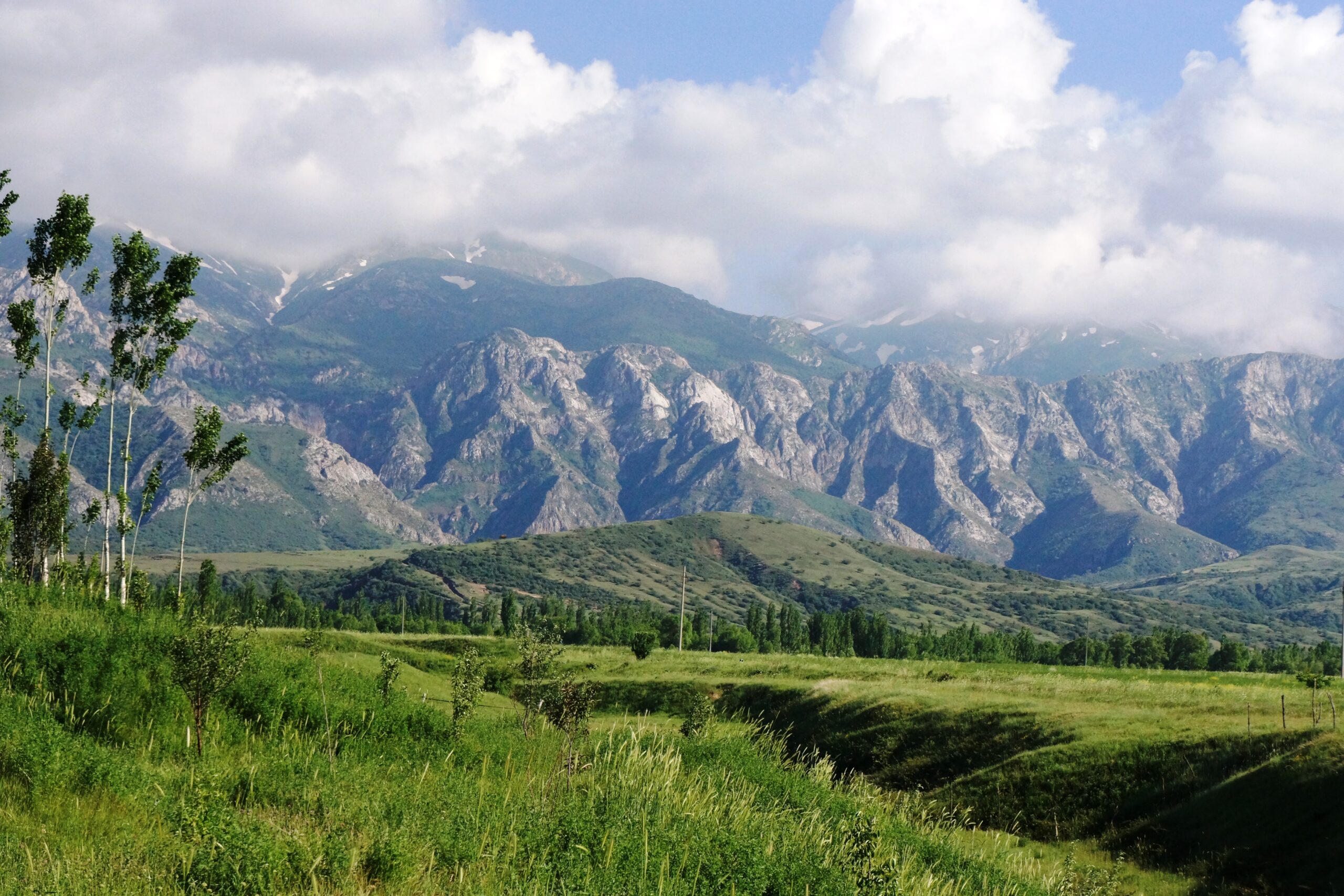
Turkestan Province
Before you go 🛩
Important information you should know before your trip
Info
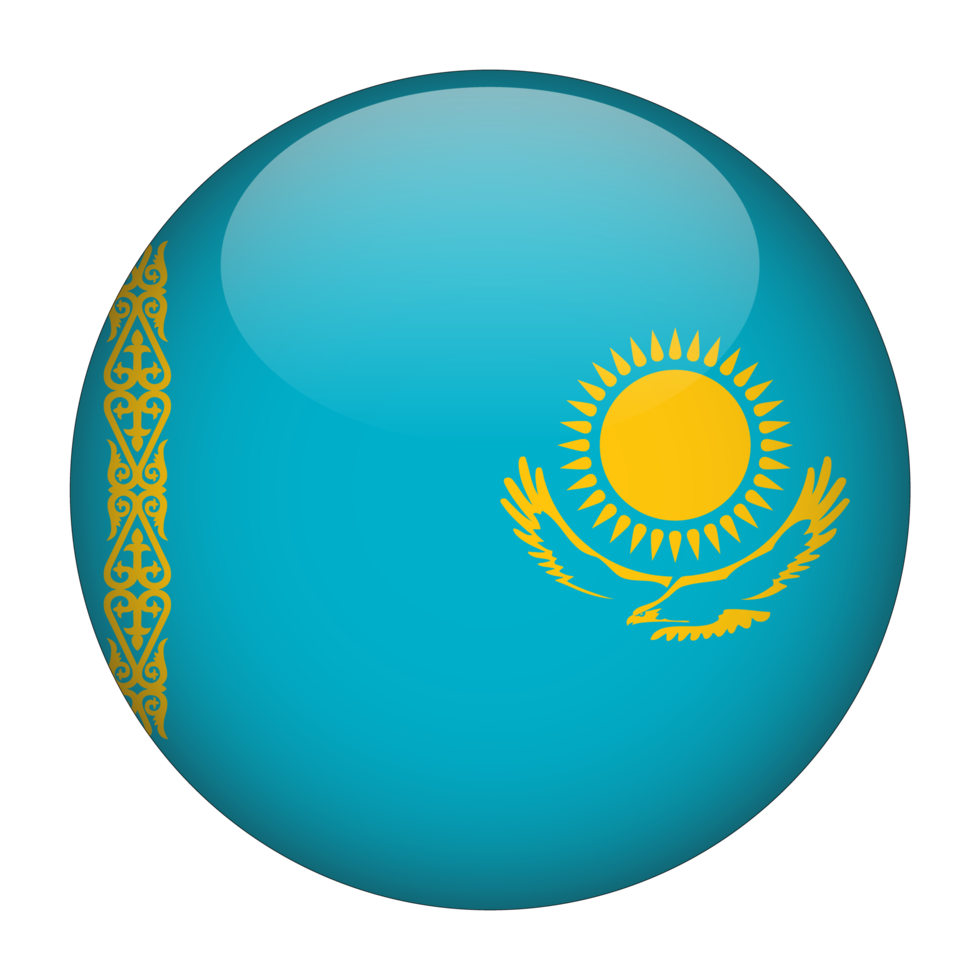
Capital | Astana
Flag Codes:
ISO alpha-2 KZ,
ISO alpha-3 KAZ
Currency
Badge | Kazakh tenge
CODE | KZT
NUMBER | 398
SYMBOL | ₸
FRACTION | tiyin
Mobile Coverage
Dialing Code | +7
SIM Card
Coverage | 3G / 4G / 5G |
Mobile Networks | Altel Mobile | Beeline Mobile | Kcell | Tele2 |
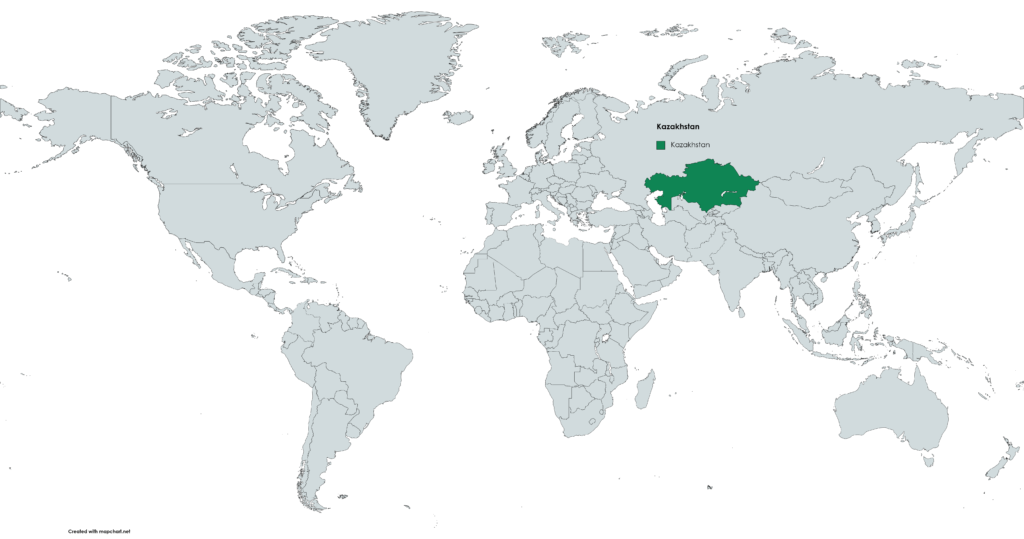
Location
Kazakhstan is a country located in Central Asia and Eastern Europe. It is the world’s largest landlocked country, bordered by Russia to the north, China to the east, Kyrgyzstan, Uzbekistan, and Turkmenistan to the south, and the Caspian Sea to the west. The country spans two continents, with the western part of Kazakhstan located in Europe and the eastern part located in Asia.
Currency
The official currency of Kazakhstan is the tenge (KZT). One tenge is divided into 100 tiyn, although tiyn coins are no longer used in practice. Tenge banknotes have denominations of 200, 500, 1,000, 2,000, 5,000, 10,000, and 20,000 tenge, while coins have denominations of 1, 2, 5, 10, 20, 50, and 100 tenge.
The tenge is widely accepted in Kazakhstan and can be exchanged at banks, exchange offices, and some hotels. Additionally, many shops, restaurants, and other businesses in Kazakhstan accept international credit cards, making it easy for tourists and foreign visitors to make purchases and transactions in the country.
Languages
The official language and the most widely spoken language in Kazakhstan is Kazakh, which is a Turkic language. Kazakh is spoken by around 70% of the population of Kazakhstan and is the main language used in education, business and government administration.
In addition to Kazakh, other languages are also spoken in Kazakhstan, including:
Russian: Russian is widely used in Kazakhstan, especially in urban areas and in business. It is considered the second official language of the country and is spoken by around 94% of the population.
Uyghur: is a Turkic language spoken by the Uyghur minority of Kazakhstan, mainly in the southern regions of the country.
Tatar: is a Turkic language spoken by the Tatar minority of Kazakhstan, mainly in the Aktobe region.
Ukrainian: it is spoken by the Ukrainian minority in Kazakhstan, mainly in the Zhambyl region.
Korean: it is spoken by the Korean minority in Kazakhstan, mainly in the city of Almaty.
German: it is spoken by the German minority in Kazakhstan, mainly in the Karaganda and Almaty regions.
Climate 🌡
Kazakhstan has a continental climate, which is characterized by hot summers and cold winters. The country experiences extreme temperature variations due to its location far away from any moderating influence of the oceans.
In the summer months (June to August), temperatures can reach up to 40°C (104°F) in the southern parts of the country, while the northern parts are cooler with temperatures averaging around 20°C (68°F). In the winter months (December to February), temperatures can drop down to -40°C (-40°F) in the northern parts of the country, while the southern parts remain milder with temperatures around -10°C (14°F) on average.
Kazakhstan also experiences significant temperature fluctuations between day and night, with hot days and cool nights in the summer and cold days and even colder nights in the winter. The country receives little precipitation, with the majority of it falling in the spring and summer months, and the southeastern part of the country being the driest.
Kazakhstan travel tips
If you’re planning a trip to Kazakhstan, here are some travel tips to enhance your experience:
Visa Requirements:
Check visa requirements before traveling to Kazakhstan; some nationalities may require a visa for entry.
Cultural Respect:
Respect local customs and traditions. Kazakh people are known for their hospitality; reciprocate with politeness.
Historical Sites:
Visit historical sites like the Mausoleum of Khoja Ahmed Yasawi and the ancient city of Turkistan.
Nomadic Heritage:
Learn about the nomadic heritage at museums like the National Museum of Kazakhstan in Nur-Sultan.
Transportation:
Use efficient public transport in cities and consider hiring a guide or driver for remote areas. View Guide.
Shopping:
Explore local markets for traditional crafts and souvenirs. Bargaining is common in markets.
Weather:
Be prepared for diverse weather. Kazakhstan experiences extreme temperatures, so pack accordingly.
Enjoy your time in Kazakhstan!

The best of the best
Kazakhstan’s cuisine is influenced by its nomadic past and its location at the crossroads of Europe and Asia.

Beshbarmak
A national dish of Kazakhstan, made with boiled meat (usually lamb or beef) served over boiled noodles and topped with onion sauce.

Kazy
A traditional sausage made from horsemeat, which is often served as a special treat during festive occasions.

Baursaki
Small deep-fried dough balls, served as a snack or side dish.
Here are some typical foods of Kazakhstan:
Manty: Steamed dumplings filled with spiced meat, onions, and sometimes potatoes.
Plov: A rice dish that is cooked with meat (usually lamb or beef), carrots, onions, and spices.
Shashlik: Grilled skewered meat (usually lamb or beef) marinated in vinegar and spices.
Lagman: A spicy noodle soup with beef or lamb, vegetables, and herbs.
Kymyz: A traditional Kazakh drink made from fermented mare’s milk.
Samsa: A baked pastry filled with meat and onions.
Kurt: A traditional snack made from dried cheese balls, which are often seasoned with garlic or cumin.
Transportation 🚥
More information about this country
Choose your destination 📍🗺
Useful Links ✅



